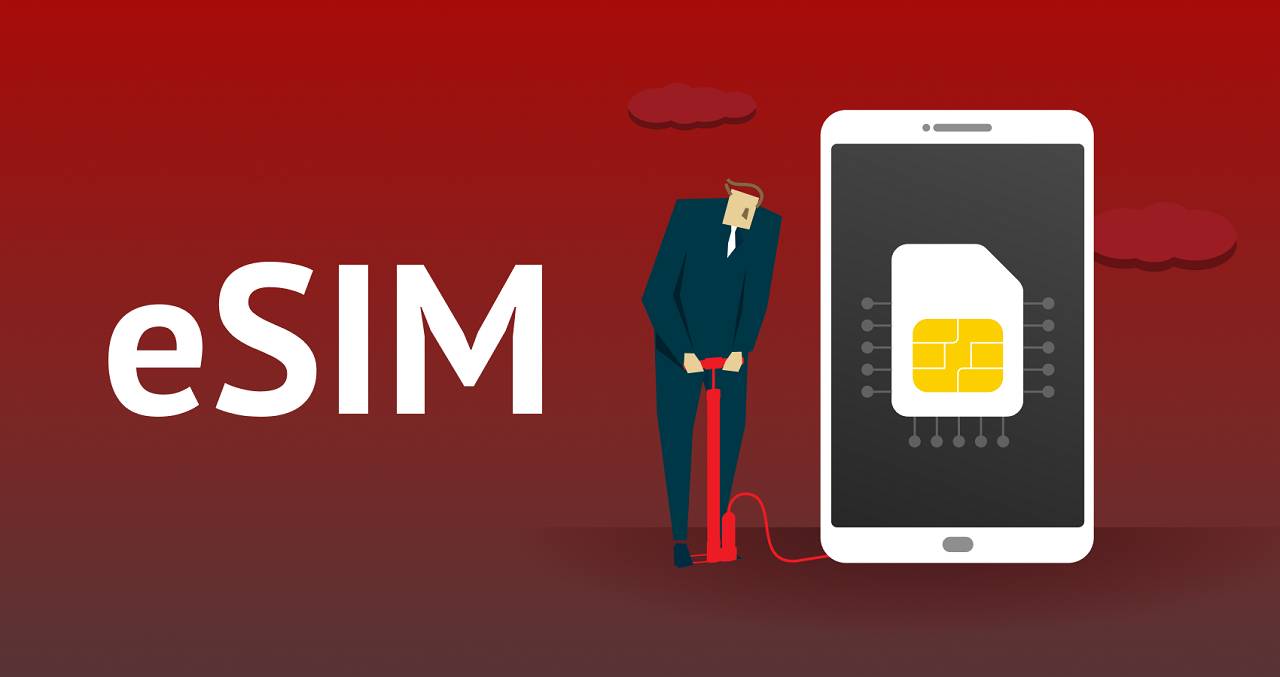Dear Network Provider: With every new advancement in Cyber technology comes new threats and the need for improved Cybersecurity measures. Your role as a network provider is more crucial than ever in safeguarding users against such emerging risks.
One such recent and trending threat that demands immediate attention is the exploitation of eSIM technology by cybercriminals. While ensuring that old ways of customer protection are kept in place and continuously improved upon, it is also essential to take proactive steps and implement targeted measures to fortify your defenses against these new eSIM exploitations.
What is eSIM Exploitation All About?
Embedded Subscriber Identity Modules (eSIMs) represent a significant advancement in mobile telecommunications technology, offering users the convenience of remotely reprogramming their SIM cards remotely. However, this very convenience has made eSIMs an attractive target for cybercriminals seeking to gain unauthorized access to sensitive information.
These they do by compromising mobile accounts using stolen credentials and then generating QR codes to transfer victims’ phone numbers to new eSIM cards. Once in control of the victim’s number, attackers can carry out various fraudulent activities, including unauthorized access to sensitive accounts and identity theft.
What can you do a mobile network provider to protect your users from these threat?
Strengthen Authentication Protocols:
You can begin by enhancing your authentication protocols for a more robust barriers against unauthorized access. These you can do by implementing multi-factor authentication mechanisms, such as biometric authentication, SMS verification, or security questions, to verify users’ identities effectively. These measures will significantly reduce the risk of account compromise within your network, which will in-turn leads to the prevention of eSIM hijacking.
Deploy Real-time Monitoring and Detection Systems:
The second thing you can do is to deploy advanced monitoring and detection systems that is capable of identifying and responding to suspicious activities in real-time. Utilize machine learning algorithms and behavioral analytics to detect anomalies indicative of eSIM exploitation attempts. This will help you to minimize the impact of attacks and protect your users’ sensitive information.
Educate Your Users About eSIM Security Risks:
This is probably the most important cybersecurity advice on the list. Take proactive steps to educate your users about the risks associated with eSIM exploitation. This should also be focused on educating theme on how to protect their devices, and some of the proactive measures to take in the to stay safe.
Provide comprehensive educational materials, including guides, tutorials, and informative alerts, highlighting the importance of safeguarding their eSIM credentials and adopting security best practices. This will help you to foster a culture of vigilance and resilience against cyber threats, while ensuring the safety of your user’s data.
Foster Collaboration with Security Experts:
The next thing you can do is to have a solid collaboration with security experts and organizations. Forge collaborative partnerships with cybersecurity firms and experts to leverage their expertise and insights into emerging threats.
Establish channels for information sharing and collaboration to stay abreast of evolving attack vectors and mitigation strategies. This will enhance your capabilities and strengthen your defenses against eSIM exploitation and other related cyber threats.
Ensure Secure Implementation of eSIM Technology:
Finally, you also need to ensure a secure implementation of eSIM technology across your enteir network infrastructure and mobile device platforms. Adhere to industry best practices for data encryption, secure provisioning, and device authentication to mitigate the risk of eSIM hijacking.
Additionally, you should regularly audit and assess the security posture of eSIM systems, conducting penetration testing and vulnerability assessments to identify and address potential weaknesses proactively.
Conclusion
As a network provider, you have a pivotal role in protecting your users from eSIM exploitation and other related threats. By implementing some of the key steps discussed above, you can fulfill these responsibility to safeguard users’ digital identities and personal information. The time to act is now.




